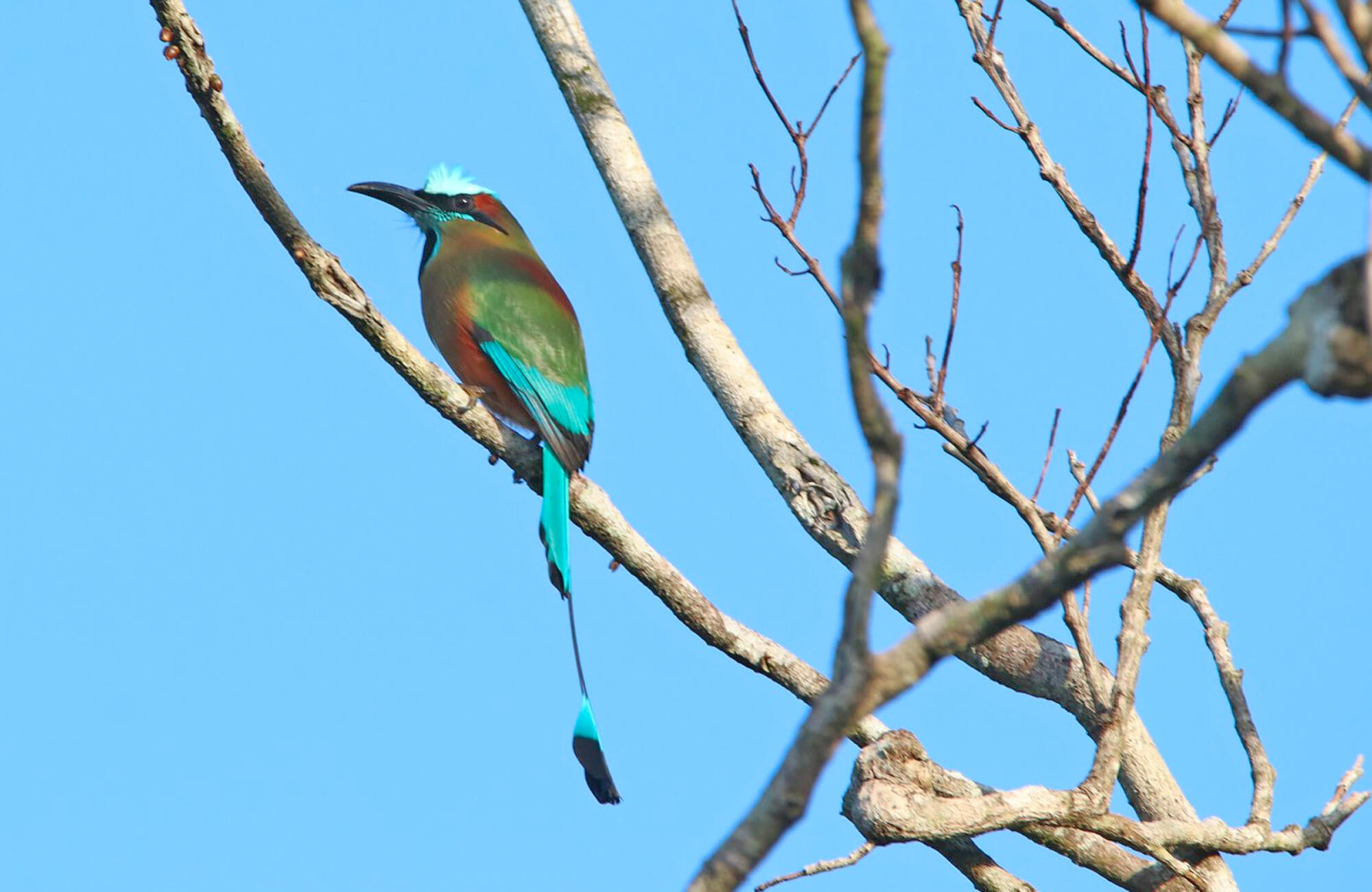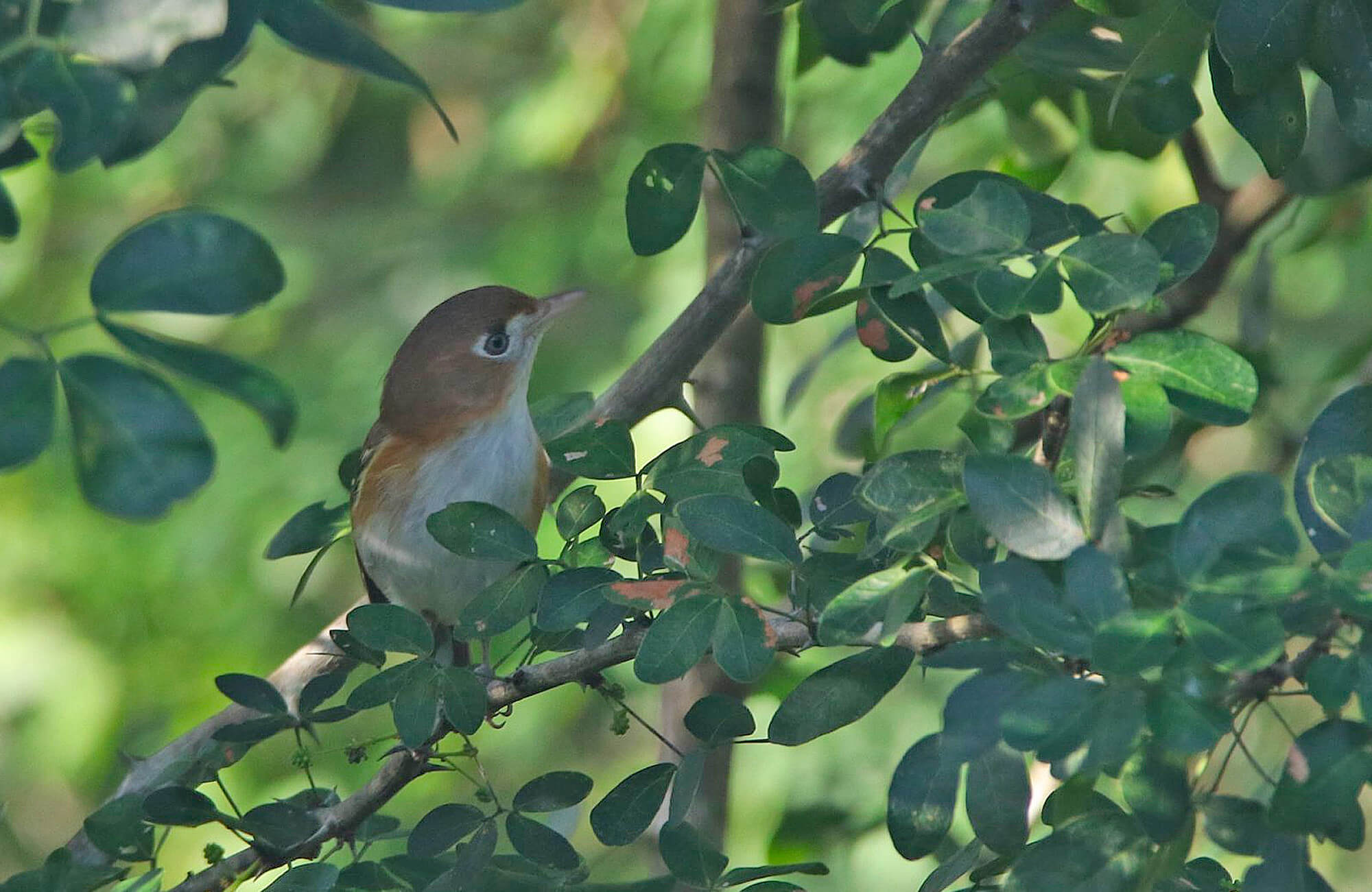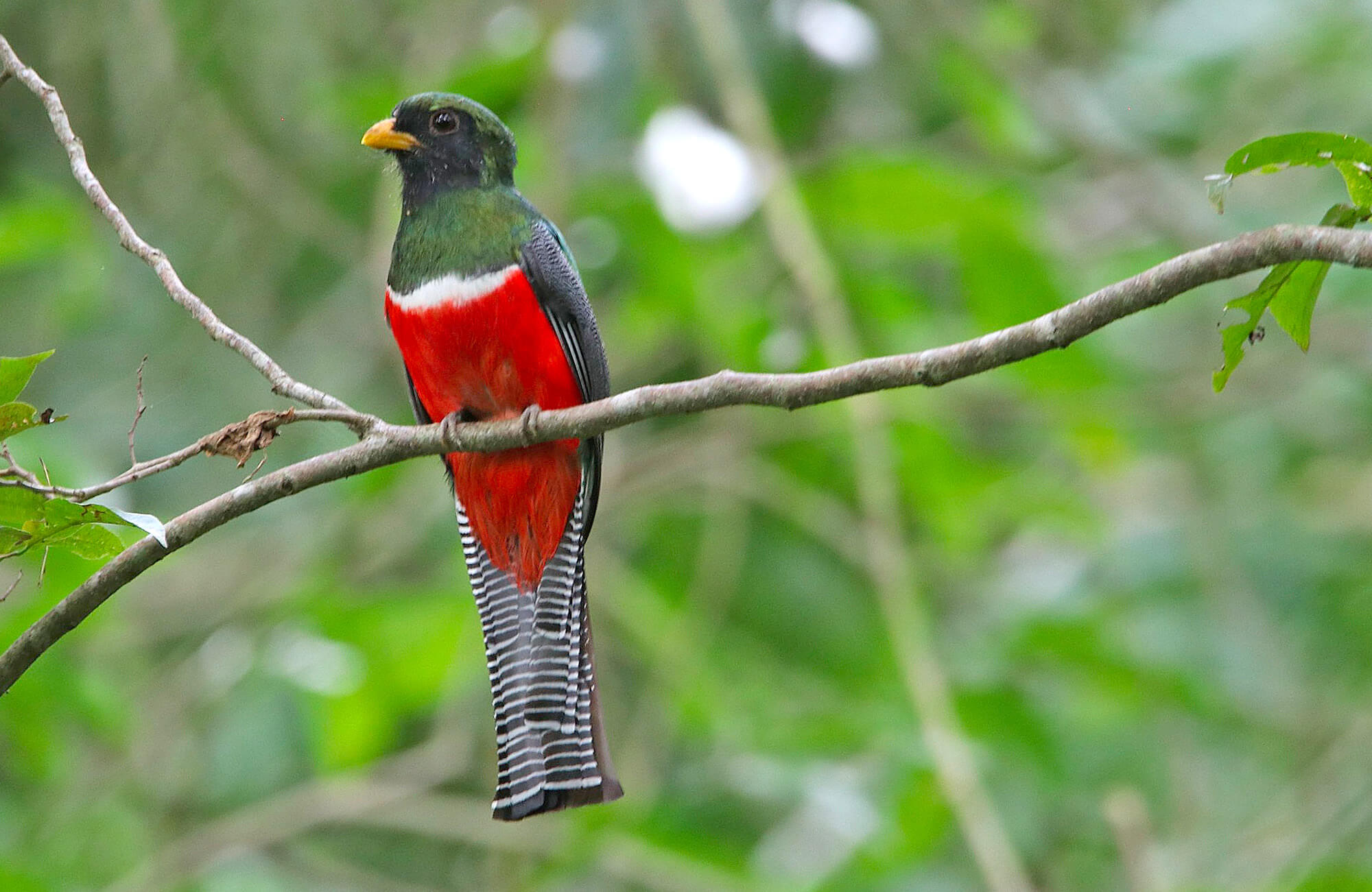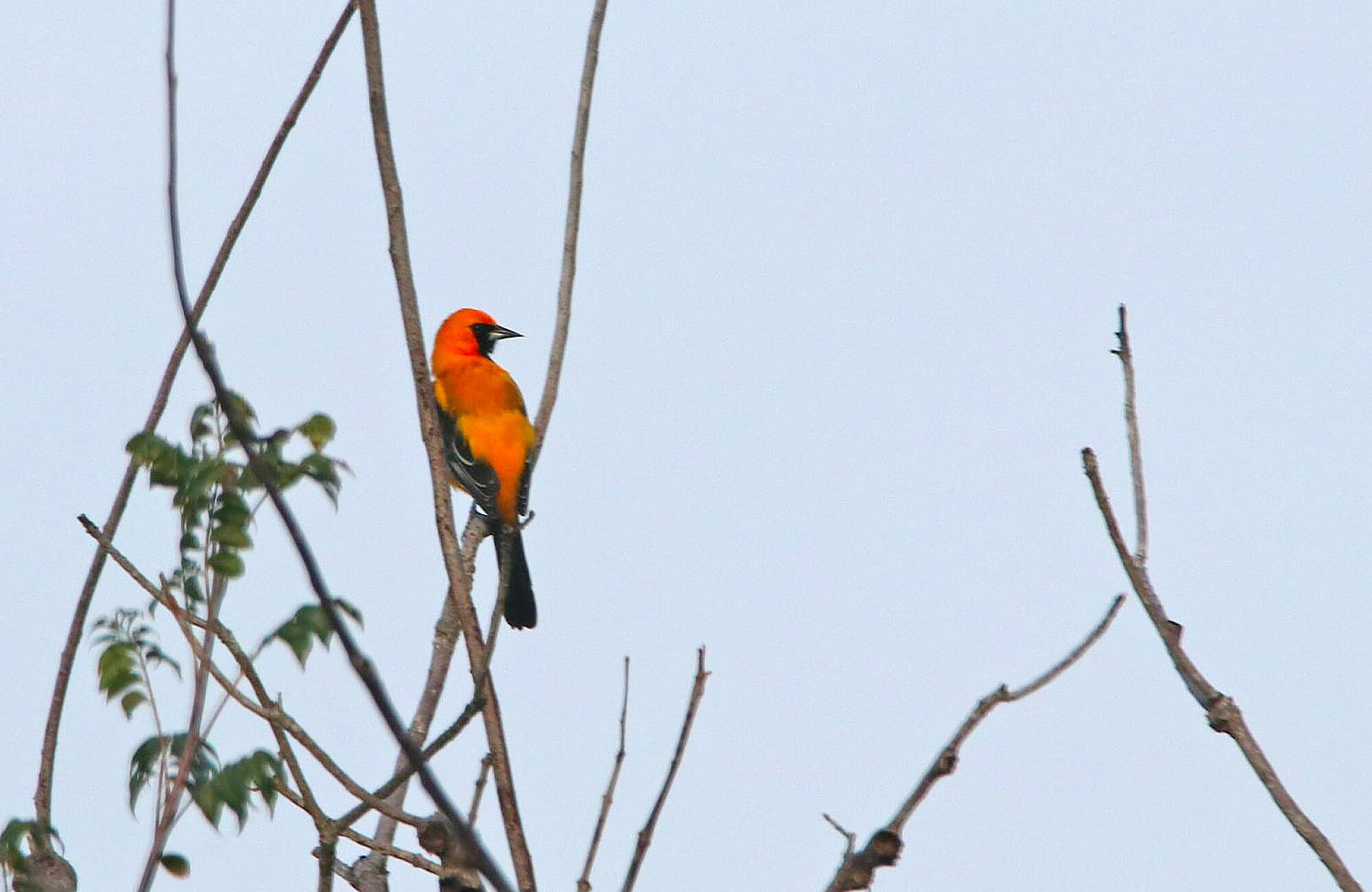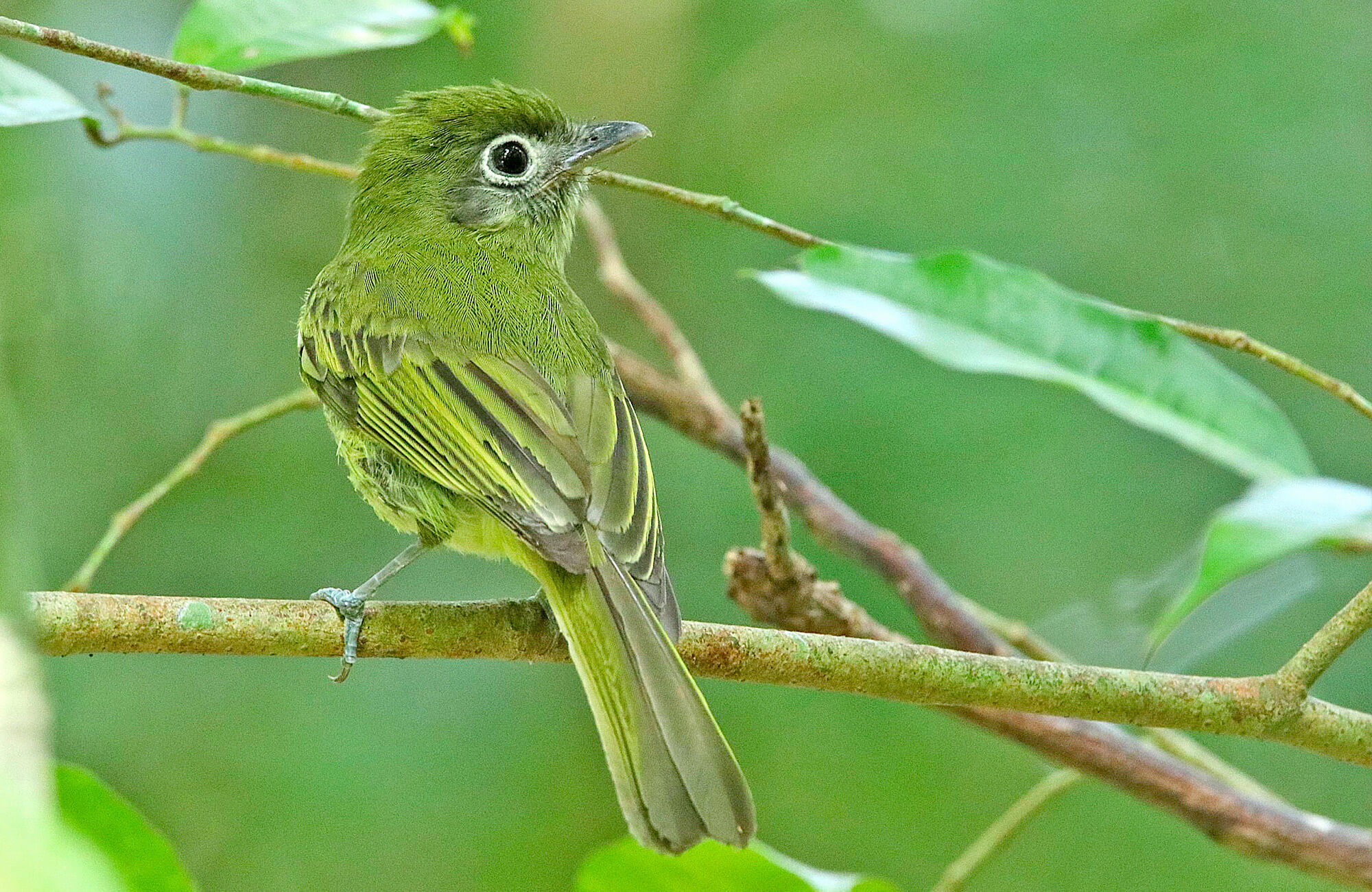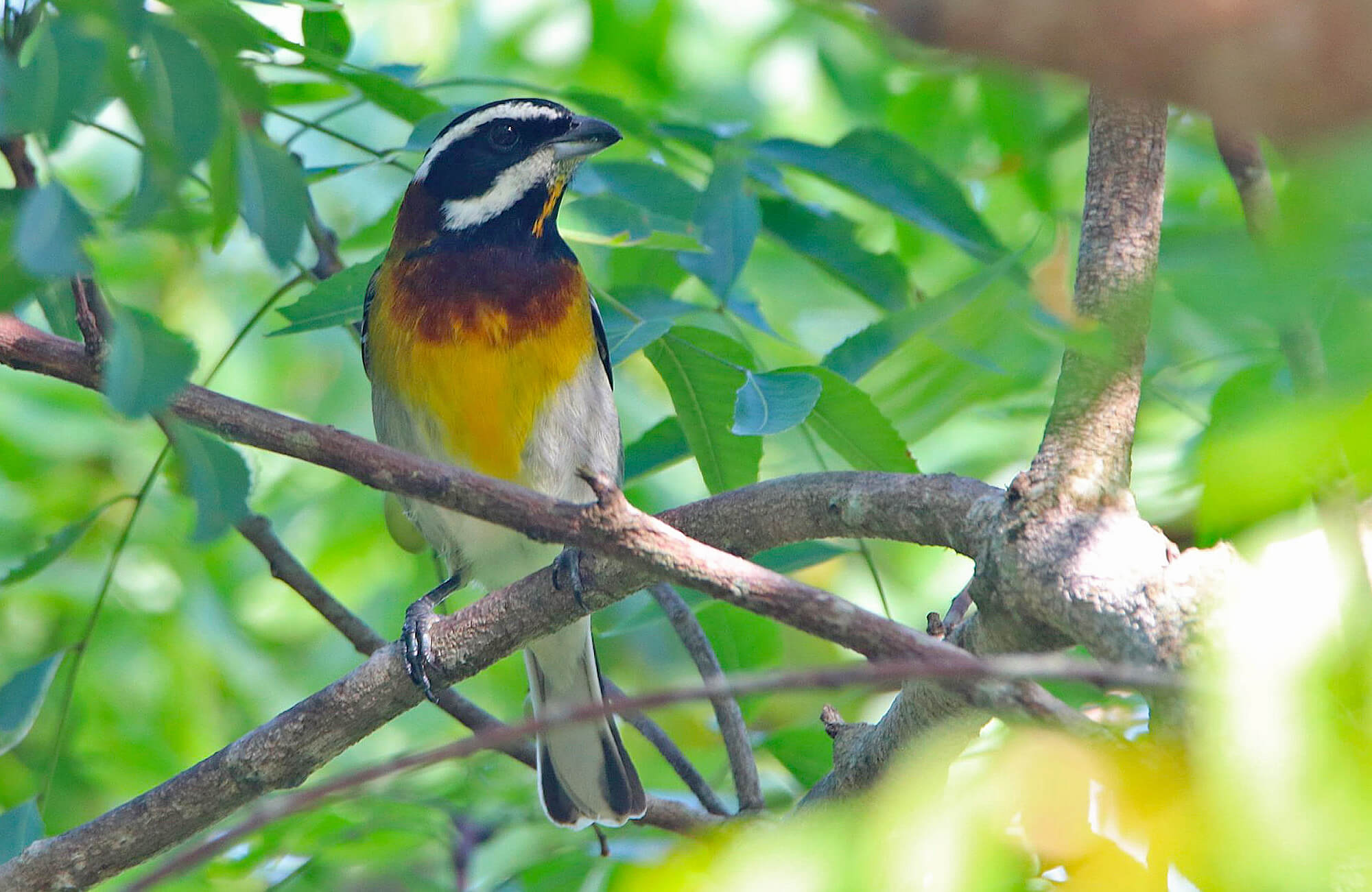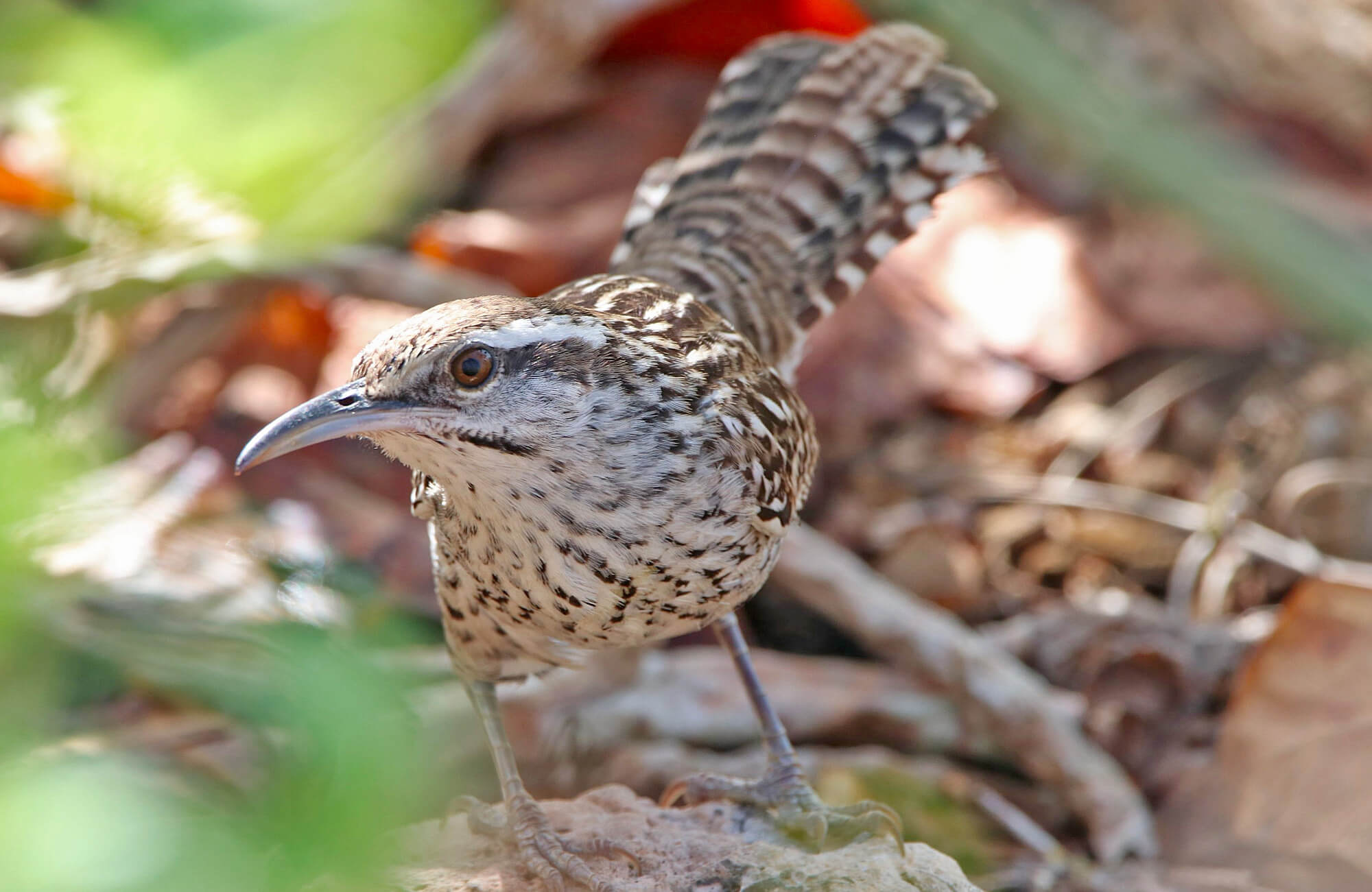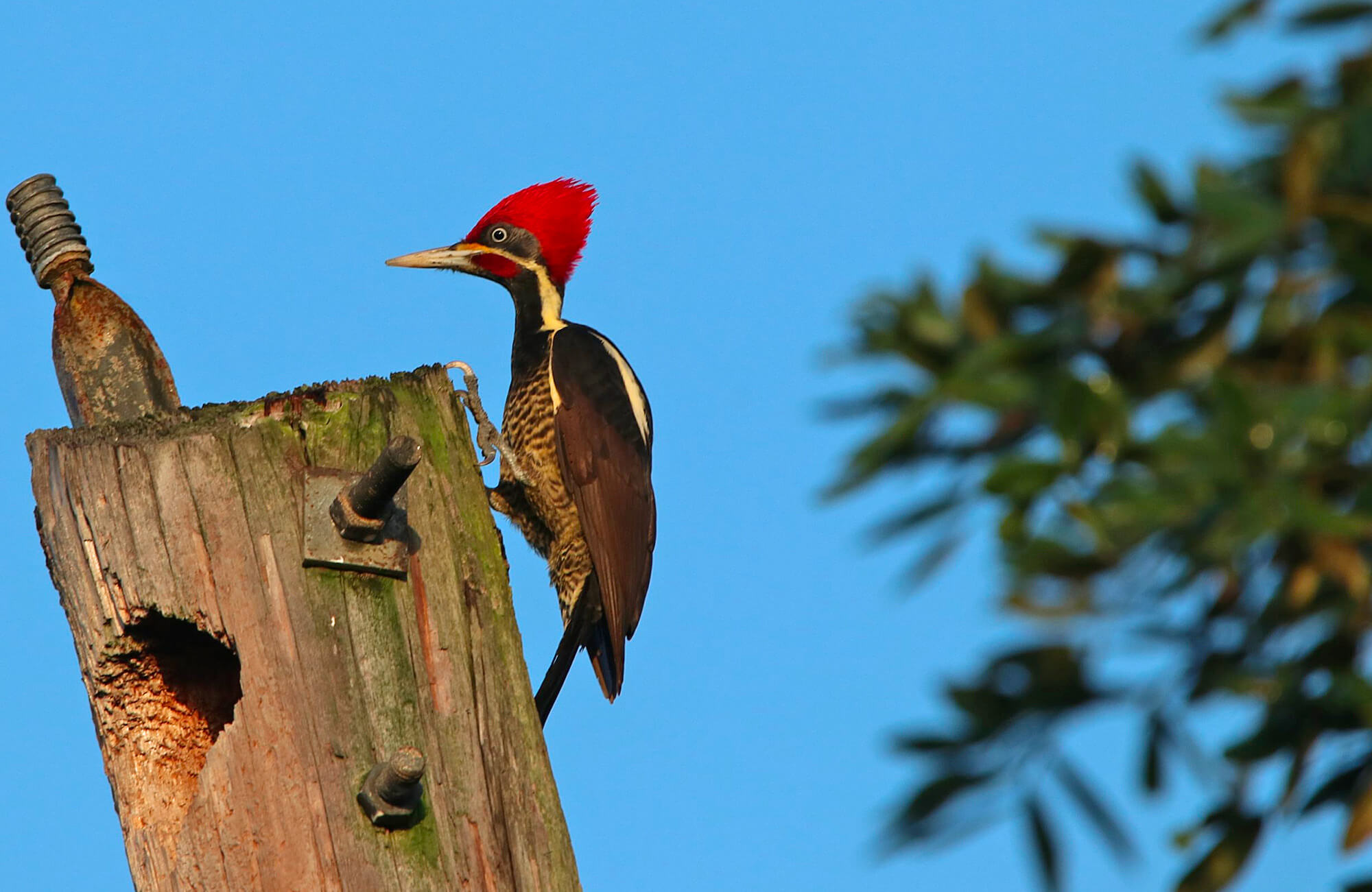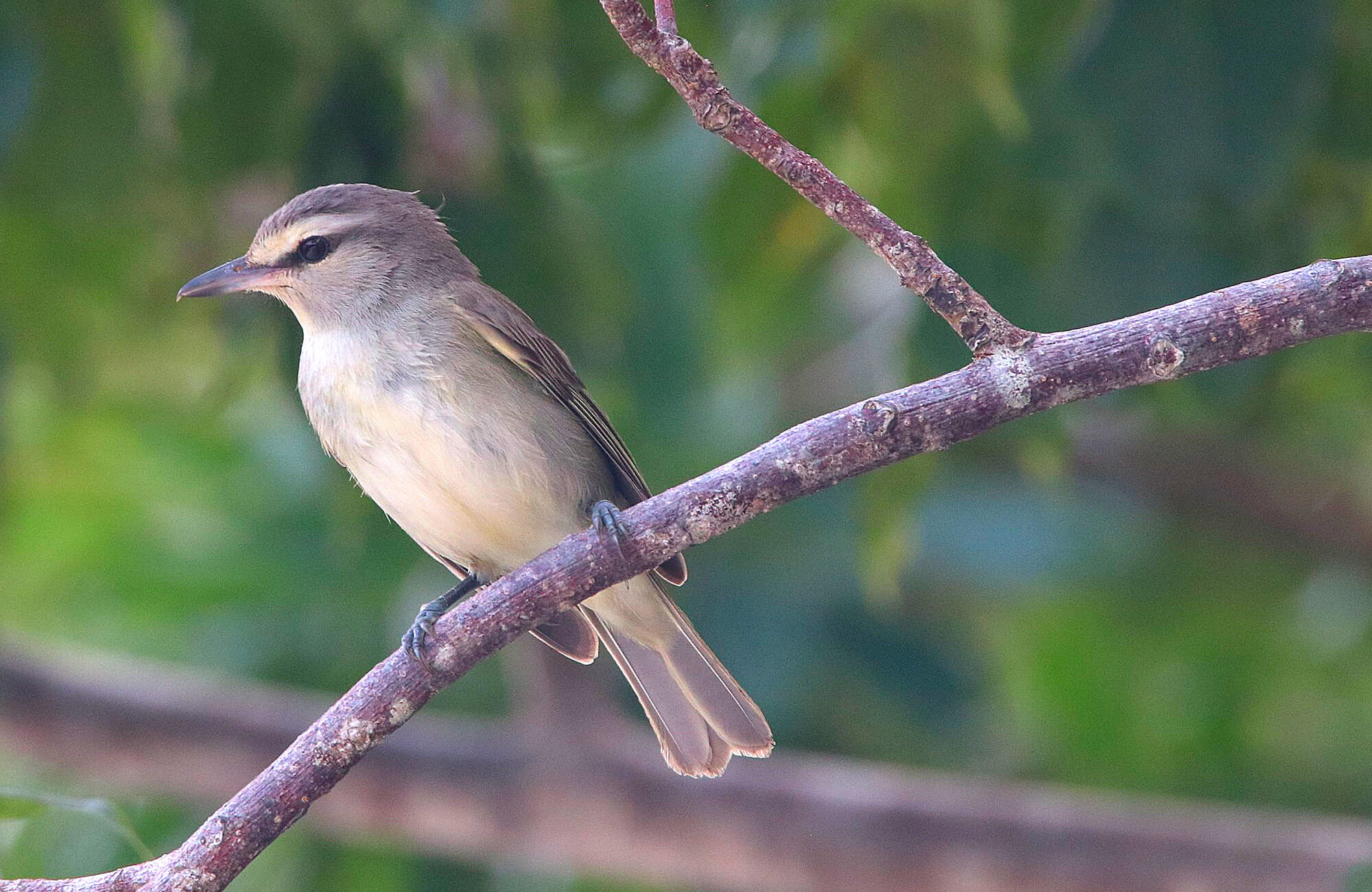Upcoming Tour Date(s)
2026 Dates TBD —
7 of 7 Spaces Available
Not only did Tim deliver the birds, but he kept us in good spirits, even when hiking up a mountain at 3am.
Daniel T. Most Wanted, 2017
Tour Details
Mexico: The Yucatán and Cozumel Most people think of Mexico for it's white sand beaches, warm Caribbean water, and bottomless piña coladas.
But this tour will focus on the birds of the Yucatán Peninsula, where 3 major eco-regions collide with the Caribbean, central Mexico, and northern Central American species creating one of the most biodiverse regions in all of Mexico. Join me and our local expert Luis Kú Quiñones as we explore the varied habitats, and try to track down around 250 species during our week in the Yucatán!
Leaders: Tim Avery & TBD
Itinerary
Itinerary subject to change due to weather, birding conditions, and other factors out of our control.
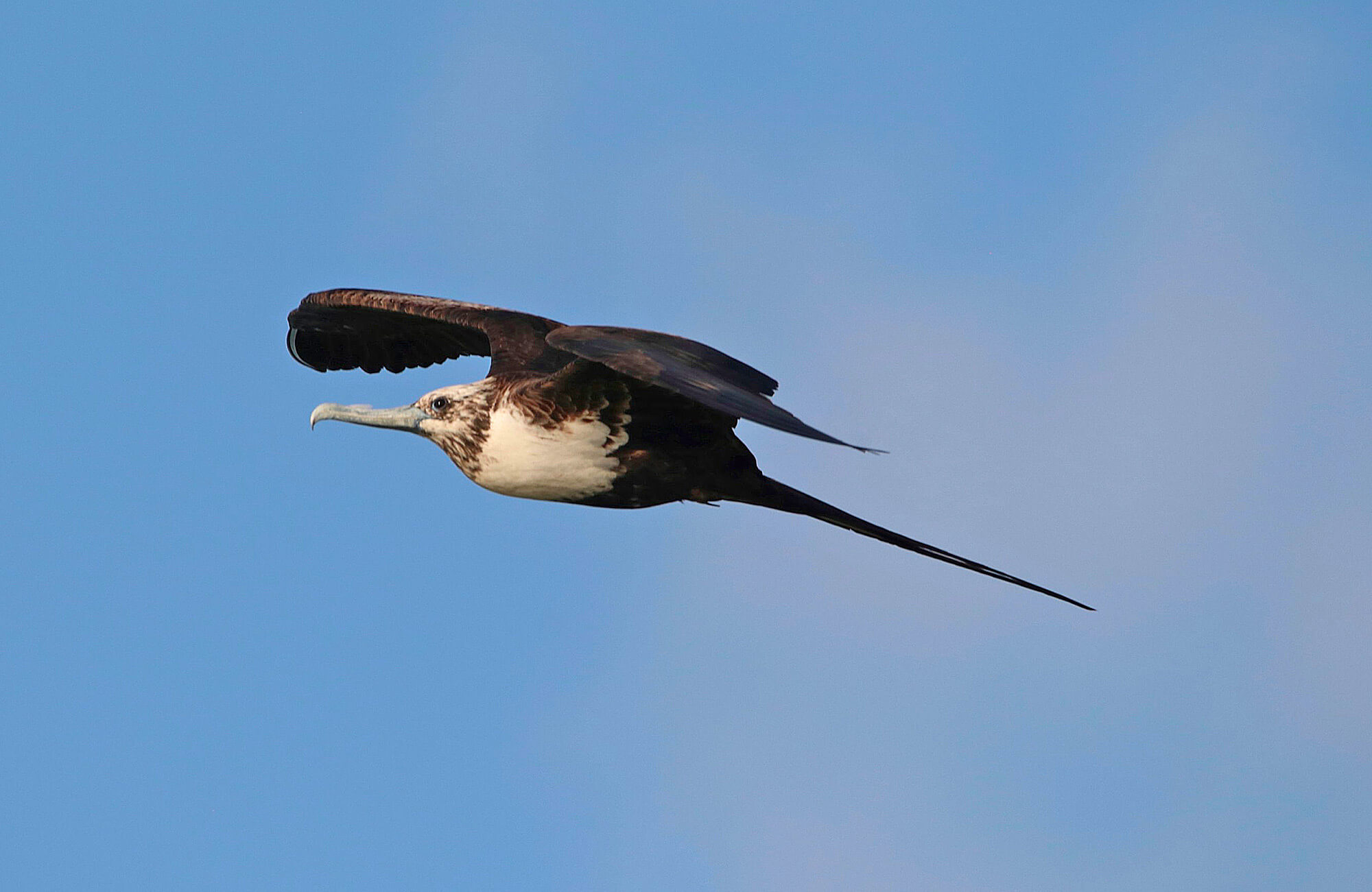
Day 1 - Arrive in Cancun Mon, Feb 19
Plan on arriving in Cancun no later than 5:00 PM today. Our local contact will provide pickup at the airport between 2:00-5:00 PM. If you plan to arrive earlier in the week and stay in Cancun, we can provide a transfer at an additional cost as well.
After the group has gathered we have a 30-minute drive south to Puerto Morelos where we will have 30-45 minutes to catch a few seabirds from our hotel patio before dinner. Species like Magnificent Frigatebird, Royal Tern, Brown Pelican, and Laughing Gull will be some of the first we encounter! During dinner we will go over the itinerary as a group and perhaps do some light owling for Middle American Screech-Owl, Black-and-white Owl, and Mottled Owl.
Night in Puerto Morelos
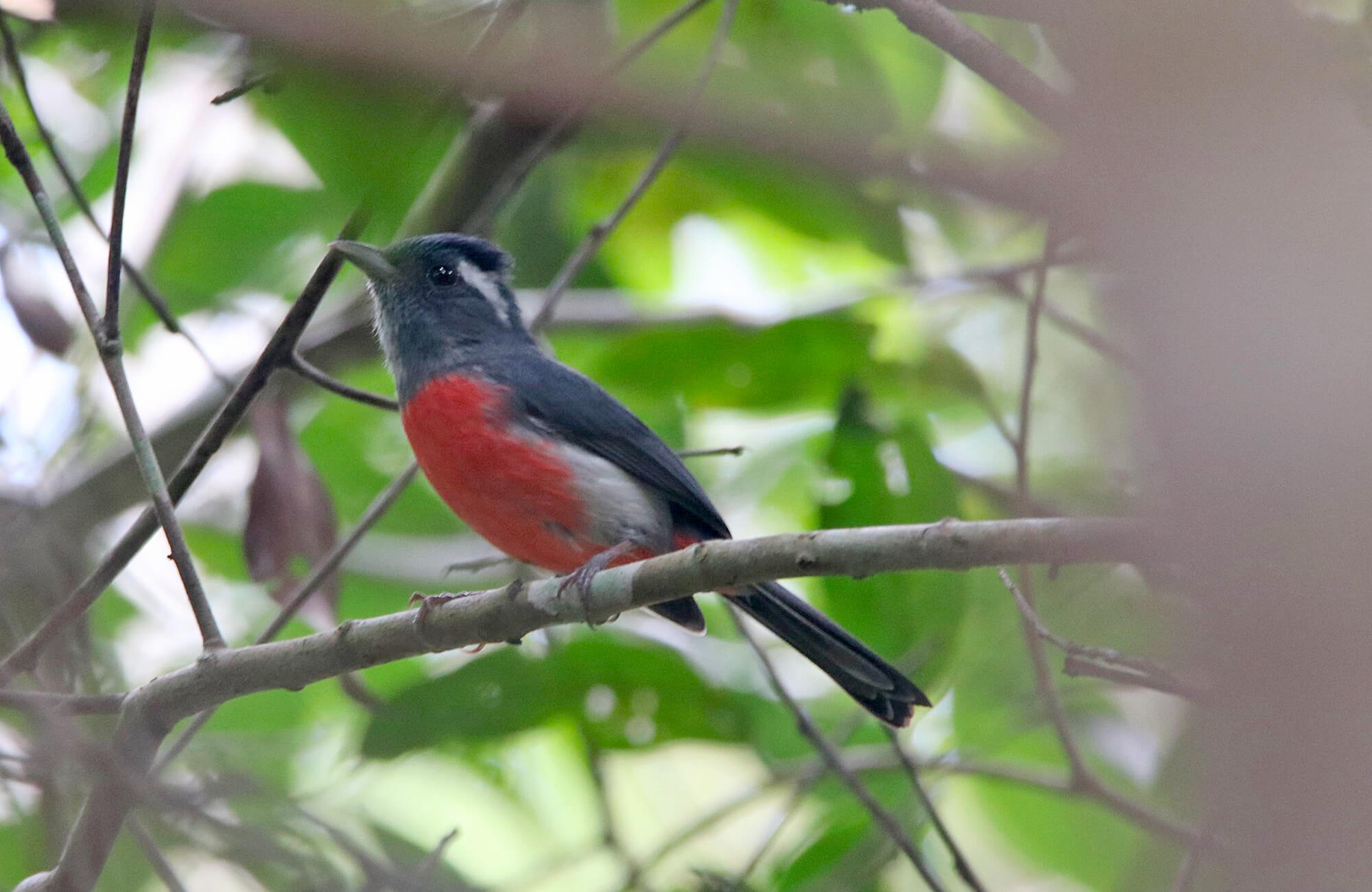
Day 2 - Reserva Toh: Cenotes & Endemics Tue, Feb 20
This morning we wake early for a 30-minute drive to Reserva Toh, 25 kilometers inland from the Caribbean coast, for a little pre-dawn owling. We will have light snacks for the early birding followed by a full brunch at a private reserve in the jungle after. The reserve boasts an impressive bird list, and on any given morning 50+ species should be expected. We’ll spend the majority of the day in the interior here trying to track down some of the more sought after Yucatán endemics like Yucatán Woodpecker, Rose-throated Tanager, and Orange Oriole. Other highlights here might include Turquoise-browed Motmot, Keel-billed Toucan, Green-backed Sparrow, and Gray-throated Chat
In the afternoon, we will return to Puerto Morelos to relax for the evening and perhaps enjoy some time at the beach before the sunset on our first full day birding in Mexico.
Night in Puerto Morelos
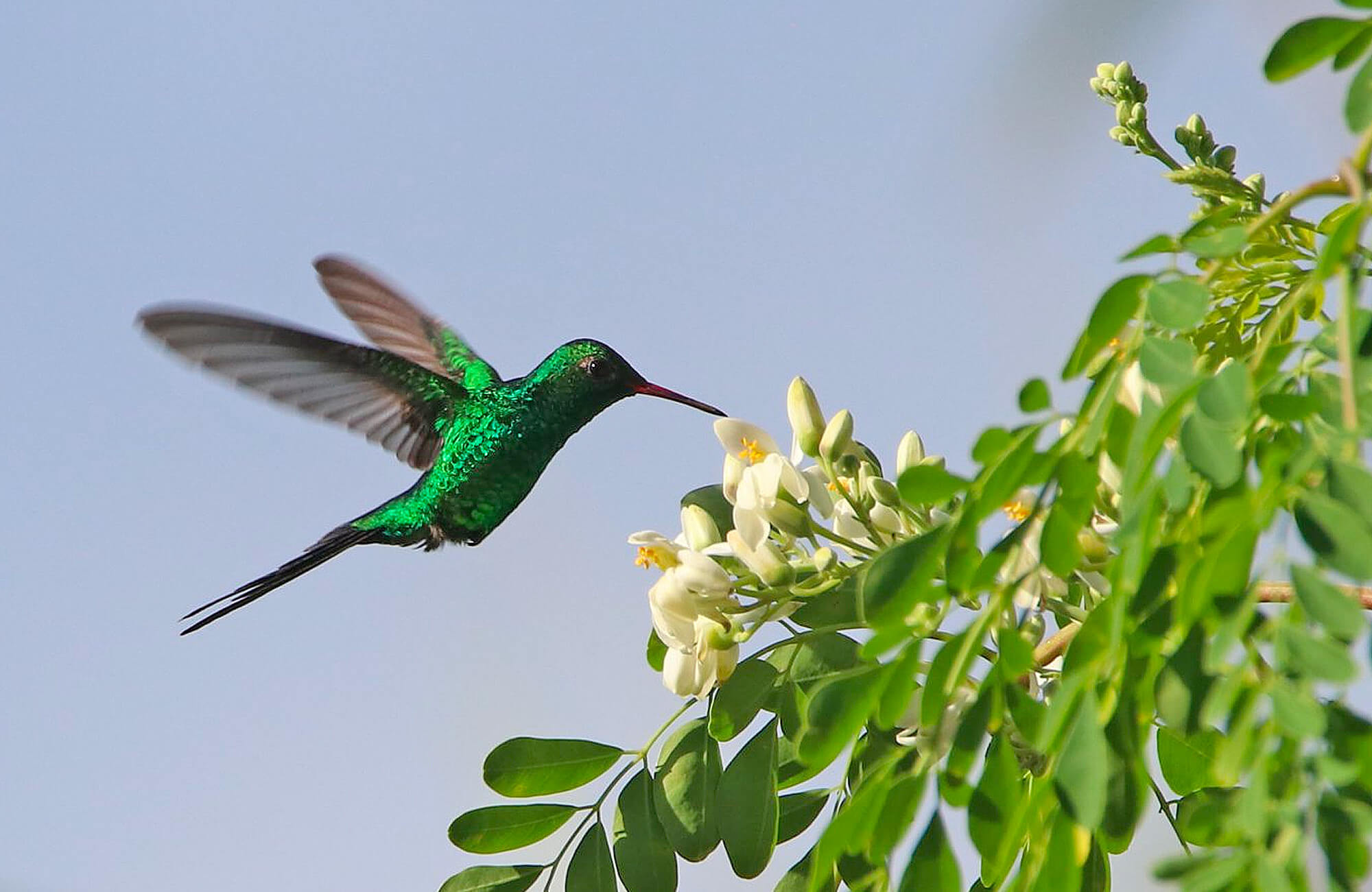
Day 3 - Isla Cozumel Endemics Wed, Feb 21
We’ll catch the 7:00 AM ferry for the 45-minute ride to Cozumel Island this morning. The main targets here include 4 endemics with the Cozumel Emerald, Cozumel Vireo, Black Catbird and Yucatán Vireo all possible. Aside from the classified endemics, the island hosts a number of island subspecies found nowhere else like Cozumel House Wren, Banaquit, Western Spindalis, Rufous-browed Peppershrike, Blue-gray Gnatcatcher, and the "Golden" subspecies of the Yellow Warbler. We'll spend most of the morning visiting several sites on the island, before having a late lunch, and catching the 3:00 PM ferry back to the mainland. Today will end up being a long day as we have a 3-hour drive to Rio Lagartos for the night. We'll have dinner upon arriving, before calling it a night.
Night in Rio Lagartos
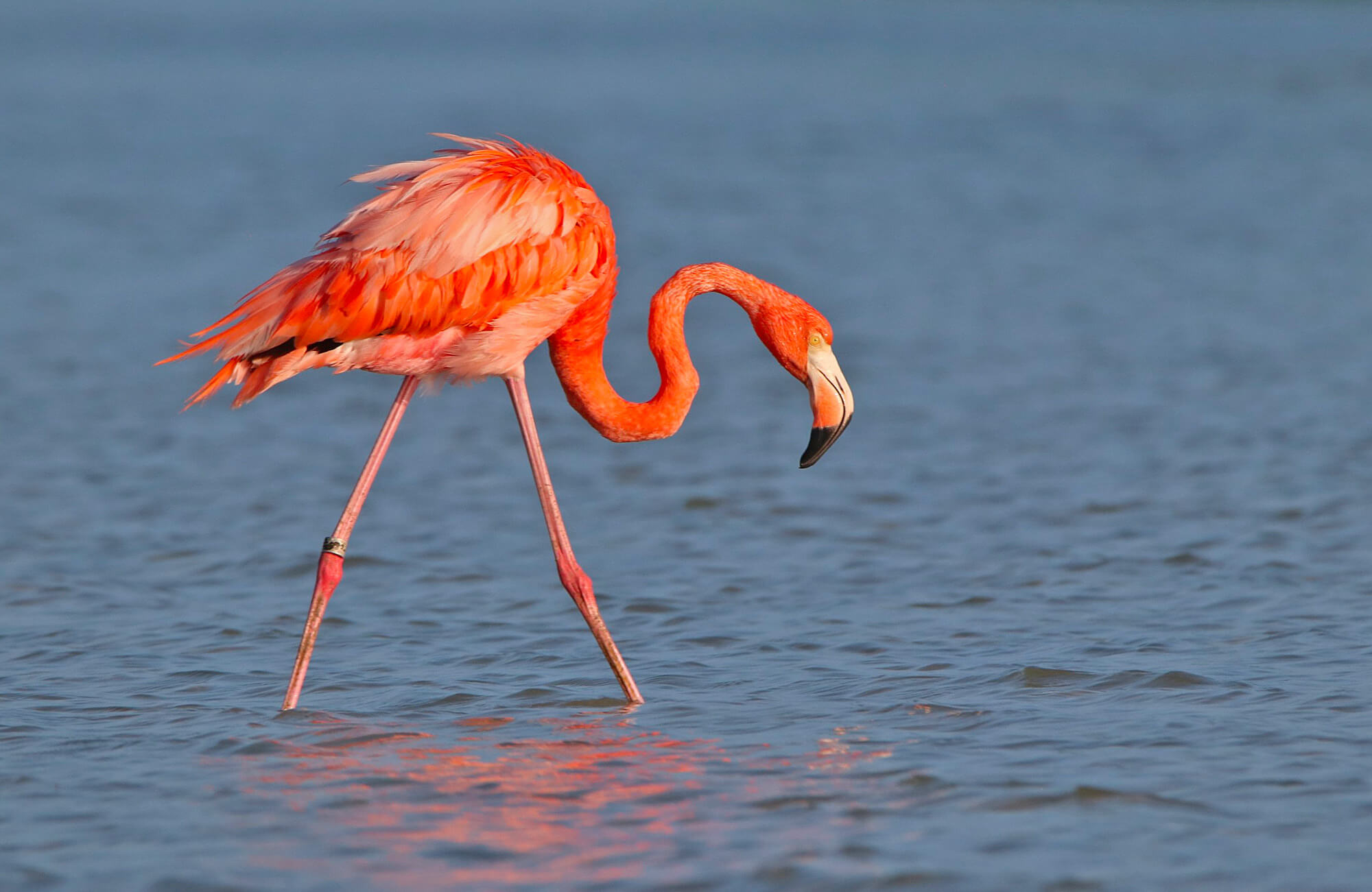
Day 4 - The Flamingos of Rio Lagartos Thu, Feb 22
Today we should see no shortage of American Flamingos. While the greatest concentrations of this species are much further west, here at Rio Lagartos we should have great looks while we scavenge for other specialty birds. The mangroves hold treasures like Mangrove Vireo and Mangrove Cuckoo. With a little searching we may uncover small numbers of Boat-billed Herons or even Russet-naped Wood-Rails.
During the heat of the day we will take a break that allows you to explore the small Pueblo (town), watch the hummingbird feeders at our hotel, go fishing with a local guide, or take a siesta in your room! After dinner we'll board boats in the dark to seek out the endemic Yucatán Nighjar that calls the mangroves here home. The boat ride offers a unique experience as bioluminescence in the water is set off by our boats passing. All in all, this is a can't miss part of the tour!
Night in Rio Lagartos
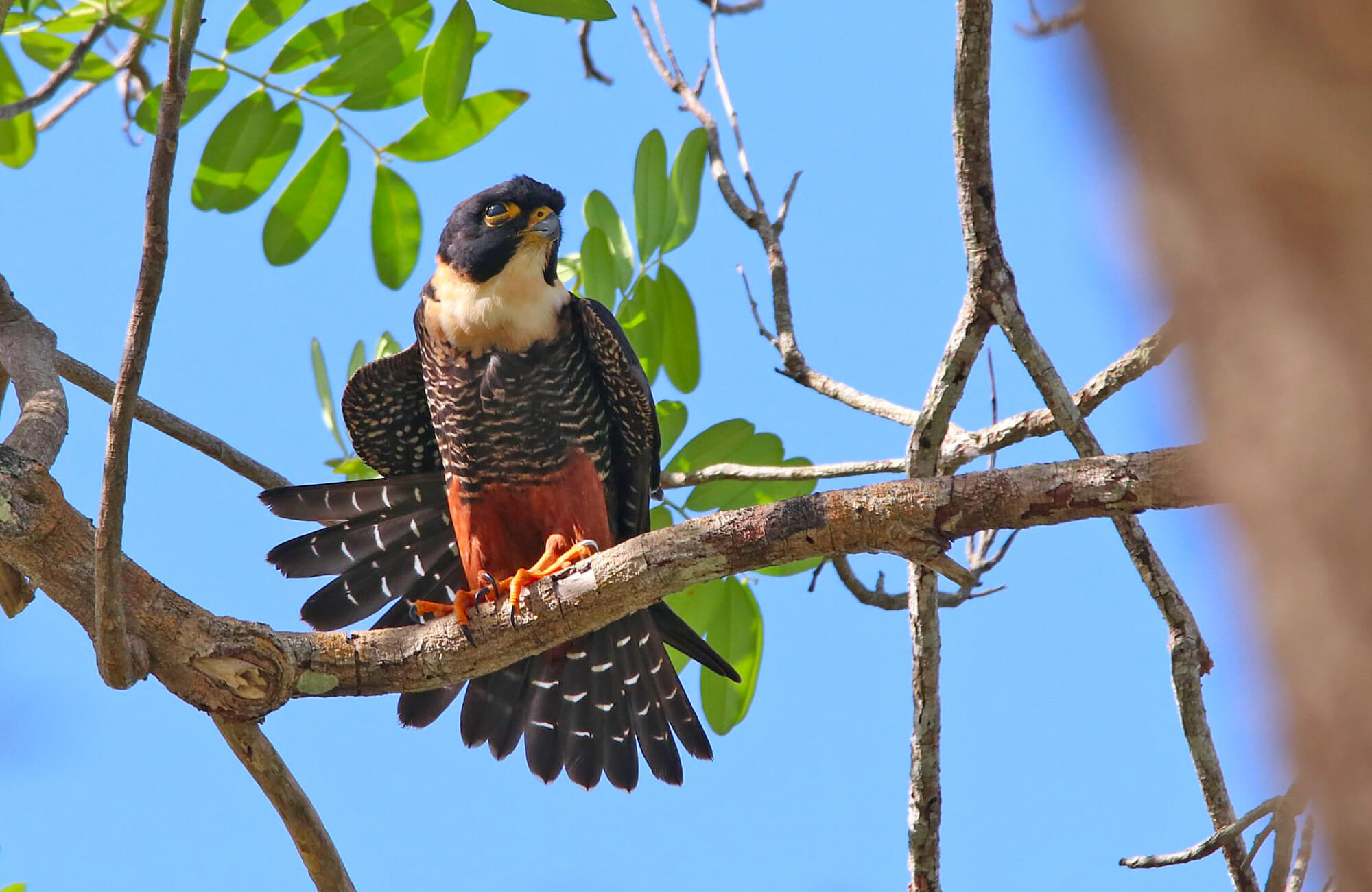
Day 5 - Chichén Itzá Fri, Feb 23
While the title for today is the most iconic archeologicla site in Mexico, it is just a small portion of today's activity. We will start things off in Rio Lagartos, focusing on the birds of the scrub forest and degraded farms just inland from the coast. The scrub lined back roads are where we’ll come across the more subtle specialty birds here. Endemics like Yucatán Wren should be picked up, while it is possible to find the Yucatán Gnatcatcher as well. Lesser Roadrunner hunt from the small trees here, while Mexican Sheartail display on the barren limbs. Overhead Crested Caracara, Lesser Yellow-headed Vulture, or Laughing Falcon are possible.
Following a late breakfast we will make our way to Chichén Itzá, a major focal point in the Northern Maya Lowlands from 600 to 1200 AD. The site exhibits a multitude of architectural styles seen in central Mexico and of the Puuc and Chenes styles of the Northern Maya lowlands. The Maya name "Chichen Itza" means "At the mouth of the well of the Itza." While the birding here is slower, a handful of specialties we’ll be looking for include: Bat Falcon, Yellow-winged Tanager, and Blue-gray Tanager.
Late in the afternoon we’ll transfer 2 hours south across the peninsula to Felipe Carrillo Puerto for the night. After dinner we’ll spend several hours working on trying to track down various nocturnal birds found here. Endemic Yucatán Poorwill call this area home, while Common Pauraque and Northern Potoo are also present. This area also represents the best location in the Yucatán for Mottled Owl and Middle American Screech-Owl.
Night in Felipe Carrillo Puerto
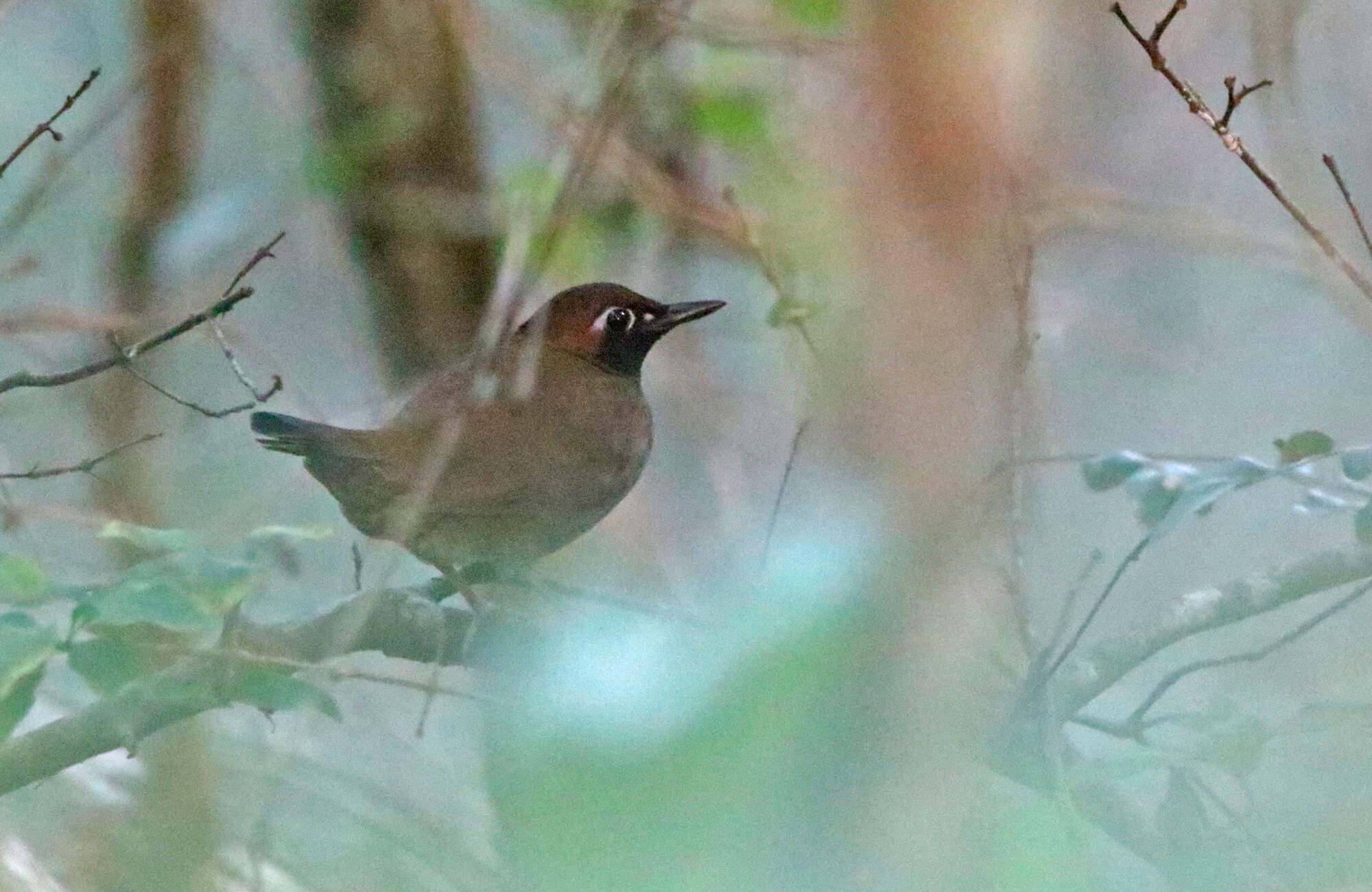
Day 6 - Felipe Carrillo Puerto & Camino Vigía Chico Sat, Feb 24
The road through the jungle here boasts a location list of more than 300 species, many of which we’ve already encountered, but providing backup opportunities for many before our time in the jungles comes to an end. While there are no guarantees some really amazing birds occur here, and you never know what you will end up seeing on any given day. We will focus our efforts on endemics like the Yellow-lored Parrot (a.k.a. Yucatan Parrot) and the Yucatan Flycatcher. Many Central American species reach their northern limits here and some possible finds might include Black-faced Antthrush, Barred Antshrike, Long-billed Gnatwren, Yellow-billed Cacique, Red-throated Ant-Tanager, and Blue Bunting.
We'll take a mid-day break before some light birding in the afternoon, dinner, and a second chance for nocturnal birds for anyone interested.
Night in Felipe Carrillo Puerto
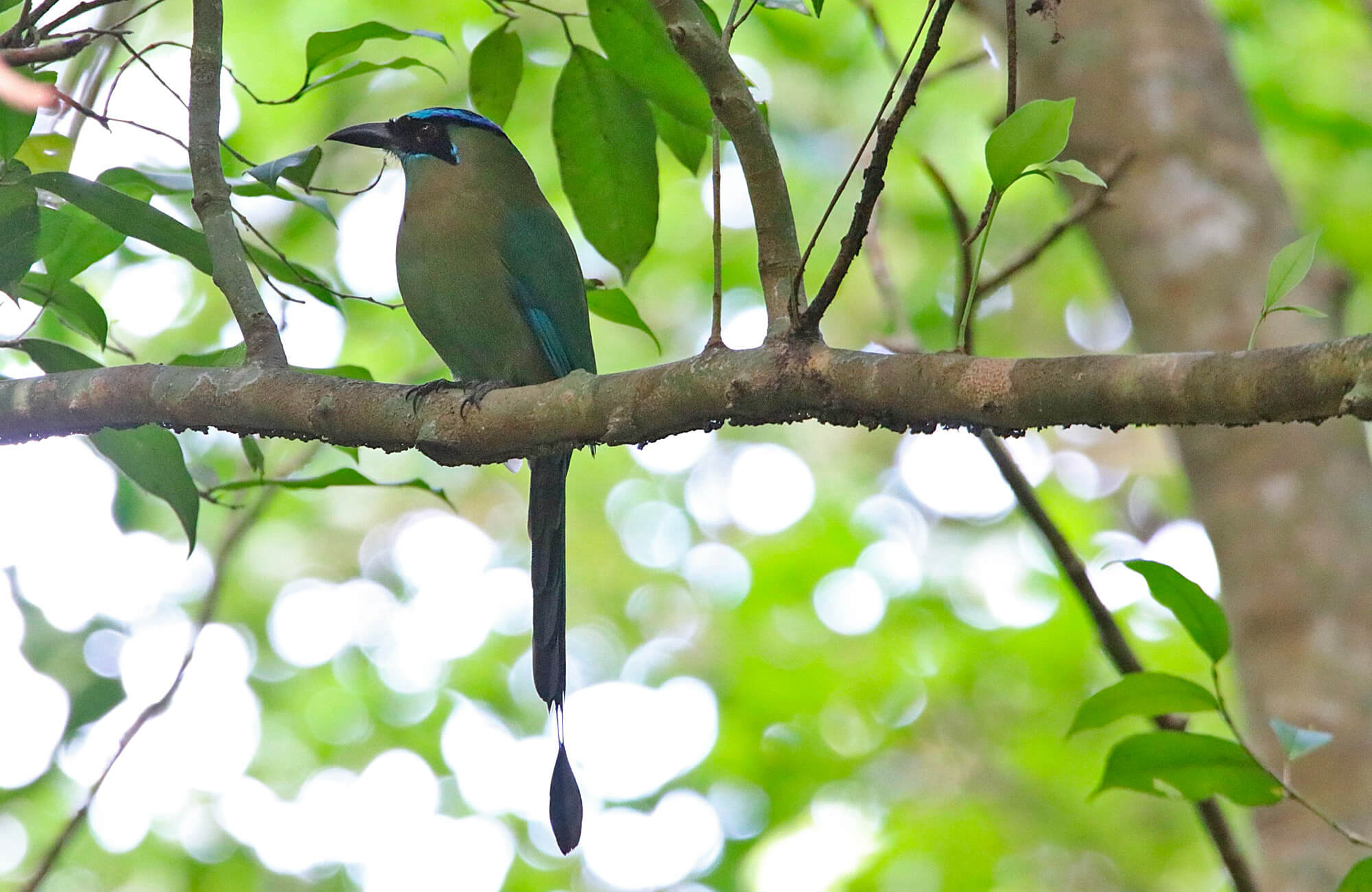
Day 7 - Camino Vigía Chico & Muyil Sun, Feb 25
We will give ourselves another morning at Camino Vigia Chico given the incredible birding possible here. With any luck we'll stumble onto something unexpected, or just something less expected like Scaled Pigeon, Blue Ground-Dove, Pheasant Cuckoo, or Pale-billed Woodpecker.
We'll continue north an hour to the ruins at Muyil where an interesting mix of possibilities makes this a worth while stop on our tour. Both Black-headed Trogon and Collared Trogon are possible, while Lesson's Motmot are known to nest here. One of the main draws is the chance for a variety of woodcreepers. On our last tour we hit the jackpot with 4 species: Olivaceous, Tawny-winged, Ruddy, and Ivory-billed Woodcreepers. Flocks of North American Wood Warblers are not uncommon here either--while enigmatic jungle flycatchers like Eye-ringed Flatbill and Yellow-olive Flycatcher are possible as well.
After a late lunch in Tulum, we'll head inland to Coba and take a short afternoon break before continuing our birding around the Lake here until dark. With any luck we will track down Ruddy Crake, Gray-crowned Yellowthroat, Puprle Gallinule, Limpkin, and Ringed Kingfisher. The lake acts as somewhat of a trap for other waterbirds on the peninsula and rarities like Bare-throated Tiger-Heron (which we found on our 2020 tour) and Spotted Rail are possible.
After dinner we may do some owling nearby for those interested.
Night in Coba
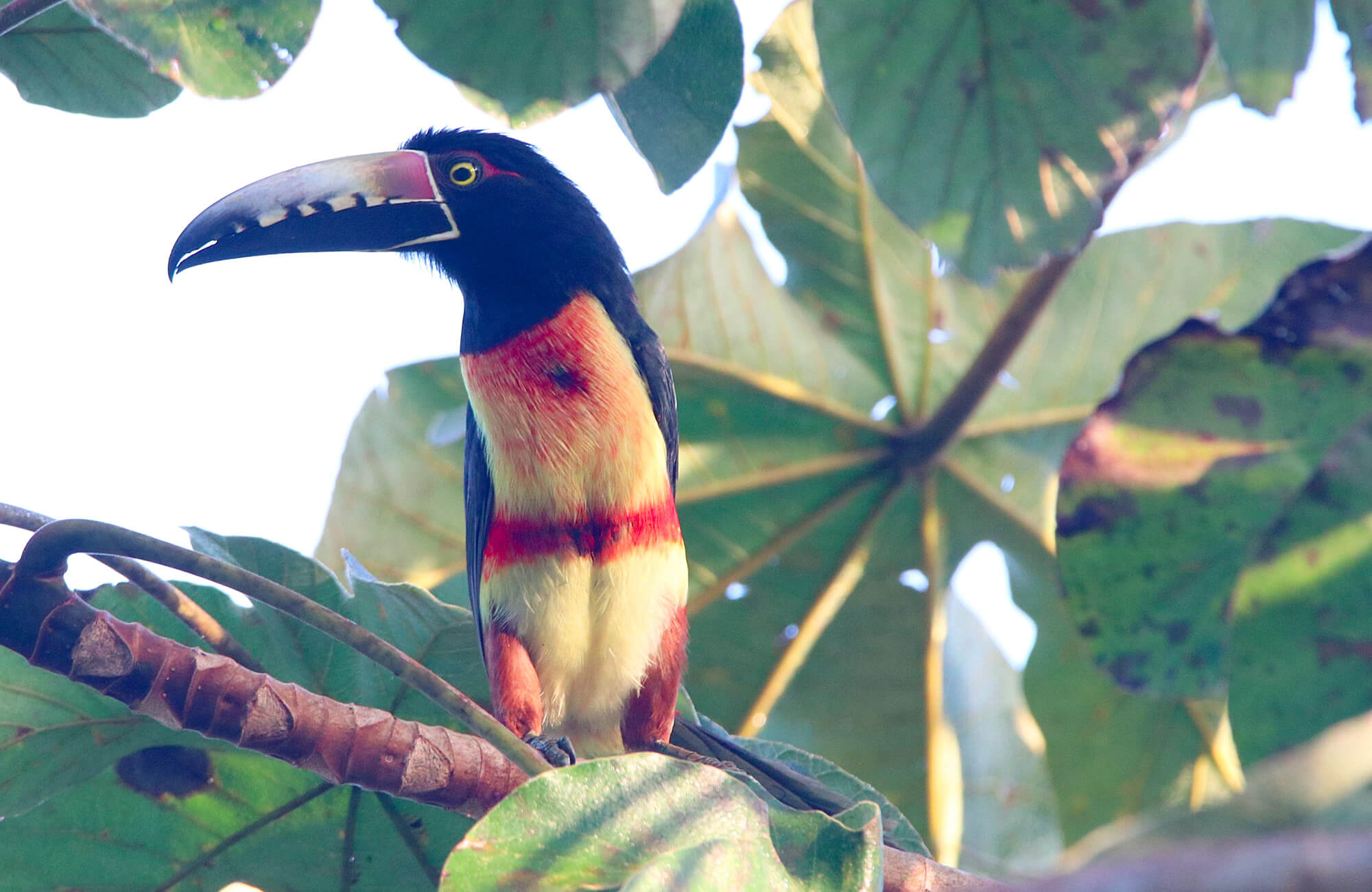
Day 8 - Coba Mon, Feb 26
Since we will have to wait for the archeological site to open we will spend the first couple hours of daylight birding around the lake, targeting anything we may have missed the previous evening. The morning light often allows for some great photo opportunities. Some of the more active morning species like Collared Aracari, Rose-throated Becard, and Black-cowled Oriole are all possible near town.
Once the site opens, we'll move into the interior of the forest near the ruins and shift our efforts to some real amazing species. With any luck we may track down the incredible Ocellated Turkey or Pheasant Cuckoo, or any of the 3 trogons routinely found here: Black-headed Trogon, Gartered Trogon, and Collared Trogon. This area is one of the best spots to locate Lesson’s Motmot and Turquoise-browed Motmot as well as a handful of amazaing woodcreepers
After lunch, we'll head back towards Cancun where we'll check into our hotel, then have our final dinner together, recapping the previous week of phenomenal birding, sharing our favorite moments, and wishing everyone farewell.
We will help setup your transfer to the airport the following morning/day, 3-hours before your departure to make sure you don't miss your flight! Addditionally, you can choose to fly home tonight (after 7pm)--just let us know and we will help you plan accordingly!
Night in Cancun and End of Tour
2026 Pricing
What's Included & What to Expect
What to Expect on Your Tour
On the day our tour begins we will provide pickup from Cancun International Airport by 5:00 PM. We will work with you and our local guide to make sure you get safely to our accomodations for the first night! At the end of the tour, we will drop you off at the airport or nearby hotels by noon on Sunday.
Transportation
Throughout the tour, we will travel in a comfortable 15-person Transit Van. There is lots of room to stretch out with your gear and not feel like a sardine in a tin. Throughout the tour, we'll switch up seating arrangements so everyone gets a different view day-to-day.
Ice-cold water is available whenever you need from the back of the van.
Accomodations
Accommodations are typically basic but comfortable and often the best local option available where we're birding. In Puerto Morelos we will stay at Hacienda Morelos. This hotel is modern and comfortable, with a refreshing pool overlooking the sea. Convenient shopping and restauraunts are just a short walk down the street. All rooms have WiFi and TV with private bathrooms.
Our hotel in Rio Lagartos is more basic, but still comfortable at the Posada El Perico Marinero which is more typical of remote Central American villages. On the waterfront, the hotel overlooks the quaint estuary and quiet streets below. All rooms have WiFi and TV with private bathrooms.
In Felipe Carrillo Puerto we stay at the Turquesa Maya, with peaceful, basic, and comfortable accommodations. All rooms have WiFi and TV with private bathrooms.
Our hotel in Coba will most likely be Hacienda Coba, but this is not yet set in stone. Another basic, and comfortable hotel--this off the beaten path location is serene, with wild surroundings. All rooms have WiFi and TV with private bathrooms.
Photography
Birding 1st, Photography 2nd. This is a birding tour, with the focus on getting as many birds as possible, although casual photographers in the group will find some birds for photography. There may be some feeders on this tour, but most photography is on the fly as it and will always take second place to making sure everyone sees the bird. The best photography may be in Rio Lagartos, on Cozumal, and at Coba, where the easiest birding of the tour is typically found. None-the-less there will be plenty of photo opportunities on this tour.
Meals
Most mornings we leave early and will stop at a convenience store for you to purchase coffee and snacks. Most days we eat two large meals. Usually a late morning meal after the best birding hours are over--oten at local villages with delicious cuisine--and then dinner at a normal hour at some of our local favorite restauraunts on the peninsula. Seafood and typucal Mexican fare are the norm and you will eat some of hte best tacos you've ever had while on this tour! On the rare occasion we may have an early breakfast at our hotel then lunch after our morning birding.
Pace
Generally, this tour follows a rather relaxed but steady pace. Quite often we will spend a longer amount of time birding a single location, often walking or driving short distances then spending a good deal of time observing. Therefore we will spend a greater amount of time in the field, but the actual pace will be fairly relaxed. There are several long drives between major locations that will provide chances to relax while we travel. Also, with around 12 hours of daylight, the days aren't too long and with limited nocturnal birding, evenings typically provide a nice chance to relax as well.
Difficulty
The combination of pace, terrain, climate, and observability make this tour fairly easy for just about anyone. There will be a fair amount of walking day-to-day (up to several miles at most), but it is mostly on well-maintained roads, tracks, or trails that are generally flat. A number of locations provide birding that is also generally pretty easy with open views of the canopy, or forest edges where birds may perch in the open.
Overall, this tour should provide a nice combination of a wonderful environment, and relaxed and easy birding with the potential for a large species list in a just a few days, and more than a dozen endemics.
Weather and Temperature
The Yucatan Peninsula is hot year-round. The two distinguishable seasons are the wet season and the dry season. The wet season usually starts in June and ends in October, making the dry season generally from November through May when we will be visiting.
The weather here in the dry season is much more desirable and pleasant for most tourists. The dry season is still hot, but much more tolerable than the wet season. During February the weather tends to be sunny, with temperatures hovering around 81ºF during the day and rarely dipping far below 65ºF at night.
It will be humid during our visit, but not untolerable. The jungle sites are typically more humid, but also more shaded.
Insects, Snakes, and Predators
Oh my! Mosquitoes can be found at most places we will be visiting, so protective clothing or repellent is highly recommended. There are various other biting insects, spiders, snakes, etc, but nothing dangerous of note.
Travel Requirements
A valid passport or passport card is required for all U.S. citizens traveling beyond the Mexican border zone. Passports or passport cards are required for U.S. citizens 16 and older to re-enter the U.S. Mexican immigration may not accept washed, mutilated, or otherwise damaged passports, and require their carriers to return to the United States.
Tourist cards are required for this tour. Tourist cards are available on line before you travel, on the plane, and at the airport in Cancun. Travelers must keep their card with them at all times, since immigration federal officers have the right ask visitors to provide proof of their legal status at any time. Travelers without the proper documentation have occasionally been detained. It is also important to have passport and tourist card photocopies in case the originals are lost or stolen.
U.S. citizens must return their tourist card when they depart Mexico. Visitors who are unable to present their card may encounter significant delays and be asked to file a police report, pay fines, and obtain an exit visa.
Endemic Bird Highlights
- Cozumel Emerald
- Cozumel Vireo
- Ocellated Turkey
- Yucatan Parrot
- Yucatan Poorwill
- Yucatan Nightjar
- Yucatan Woodpecker
- Yucatan Flycatcher
- Yucatan Gnatcatcher
- Orange Oriole
- Yucatan Jay
- Yucatan Wren
- Black Catbird
- Rose-throated Tanager
Non-bird Highlights
- Chichén Itzá
- Ruinas Coba
- Muyil Archaeological Site
- White Sandy Beaches
- Puerto Morelos Market
- Cenotes
- Spider Monkey, Coati, Agouti...
- Various Butterflies & Other Insects
- Some reallly good food!
What's Included
- Professional Guide Service
- All Ground Transportation
- Ferry to Cozumel
- Rio Lagartos Flamingo Boat Tour
- Rio Lagartos Nocturnal Boat Tour
- 8-nights Accomodations
- 2-3 Meals/day with Soft Drinks
- Water for Refreshment
- Admission to Chichen Itza with Native Guide
- Admission to Ruinas Coba
- Admission to Muyil Archeaological Site
- Admission to El Cedral
- Conservation fees for Reserva Toh
- Spotting Scope while Birding
- Birds—we’ll find some birds
- Unique Tour Swag
- Delightful Conversation about Birds
- A Thoroughly Enjoyable Time!
We also include SFW dad jokes, witty bird puns, and the occasional commentary on things non-bird related!
What's Not Included
- Alcoholic Drinks
- Binoculars
- Cameras and Lenses
- Personal Flashlights/Headlamps
- Bug Spray
- Jackets or Sweaters
- Shoes and Socks
- Room Service & Additional Food
- Laundry
- Phone Calls
- Tips to Guides & Porters
- Flights or Transportation to Mexico
Still have questions? Ready to book a tour? Either way tapping the buttons below will put you in touch with us!
Past Yucatán Birding Tours
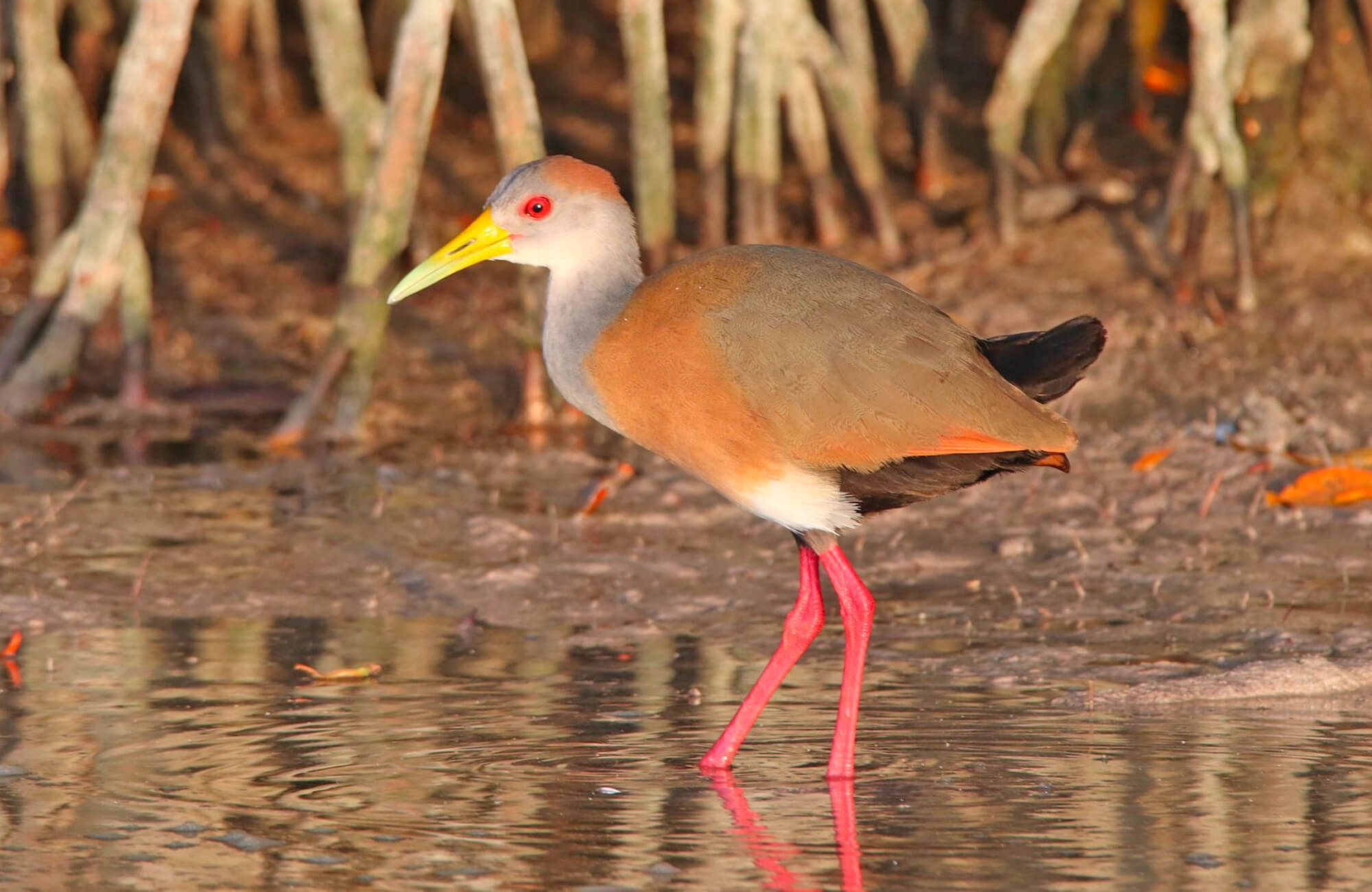
January 11-17, 2020
Yucatán and Cozumel
See Photos
 100 5-Star Reviews
100 5-Star Reviews
2020, '22, & '23 Trip Advisor Travelers' Choice Award Consistently earning great reviews from birders!
 Top Rated Wildlife Tour
in Salt Lake City
Top Rated Wildlife Tour
in Salt Lake City
Tim was passionate about the birds, enthusiastic about getting everyone on every bird, professional with planning and guiding, and extremely knowledgeable about the birds. We got all of our targets...
Becky L Most Wanted , 2019
Recent Photos from this Tour
Check out more photos from this tour on Flickr
Still have questions? Ready to book a tour? Either way tapping the buttons below will put you in touch with us!

 BACK
BACK
